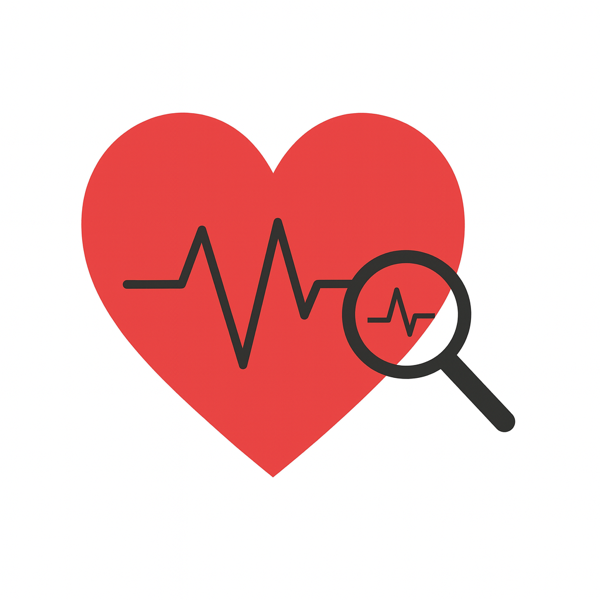
Last time I told you I was scheduled for an angiogram to check my heart health as my next step towards my kidney transplant. Following the procedure, the main thing to know is that I am still on track for the transplant operation. Well, mostly on track as I will have to wait six months as a result of the findings of the angiogram. And I can do that.
In reality, the test was possibly the most traumatic experience I’ve had on my dialysis journey so far. Which I certainly was not expecting.
Before I start explaining why it was so traumatic, , I feel I ought to warn anyone who is sensitive to medical descriptions that they might want to skip this post. I’m going to share more of the details than I usually do. You have been warned!
I was told that during the procedure they would insert probes into the arteries around my heart to assess if there was any narrowing and hence a risk of a heart attack. Then, if they discovered that the arteries were in danger of blocking, stents would be inserted to hold them open. The procedure would either be done through the placement of a temporary port in an artery on my arm or in my groin area that would allow them to access the vascular system.
I kind of assumed that what would be happening was only the checking of the state of my arteries. I assumed that positioning stents would require a far more complex surgery than what was planned. I was totally wrong about that.
In my case, the surgeon determined that there was narrowing in two of the arteries that would require stents. They simply inserted the stents then and there and sent me to the High Care Unit to recover.
So, what was it about the angiogram that caused me such distress?
I had no idea that the entire procedure would be done while I was completely awake. I mean, wouldn’t you think that positioning stents into the arteries would require a general anesthetic? Yet, all I was given was a local anesthetic so they could place the port into an artery in the seam between my right leg and my groin through which they worked.
Having said that, I also need to mention that beyond minor pain when they administered the local anesthetic, I experienced no pain or physical discomfort at all. Absolutely none.
However, as I lay there listening to the medical team discussing and then implementing each step of the process I began to grow increasingly anxious. I could sense screens of some kind moving around close to my head and body, and the sound of them clanking into place added to my stress. I suppose if I’d been able to see what was going on it might have been different, but I may be wrong. Regardless, at one point the surgeon offered me a mild sedative to take the edge off my anxiety which I gladly accepted. And that helped me relax a little. But it remained traumatic for me to be aware of all that was going on around me.
Additionally, it took my body longer to recover from the procedure, not just emotionally but physically as well. From what I understand, while the artery that was used for the probes stopped bleeding fairly quickly, the nearby vein that had been used to insert a drip took far longer. It wasn’t bleeding a lot, but even the small amount of seepage meant I needed to keep my right leg as still as possible and remain in the hospital bed. Eventually, almost 30 hours after the angiogram, I was allowed to become mobile and was released from hospital the following morning.
In reflecting on the experience I know there is lots to be thankful for. Undergoing the test brings me one step closer to my hoped for kidney transplant. The placement of the stents significantly reduces any risk of my having a heart attack. Additionally, so far I’ve experienced no apparent weakening of my kidney function, which was my original concern about having the test. Yes, it does mean that I will not be able to have the transplant for at least six months, but that equates to only two additional months wait since the surgical team who do the operation are fully booked until 2026 at this stage. So, while it was traumatic at the time, I’m relieved that the results of the angiogram have been positive overall.
And now we move onto the next step, whatever that turns out to be.




